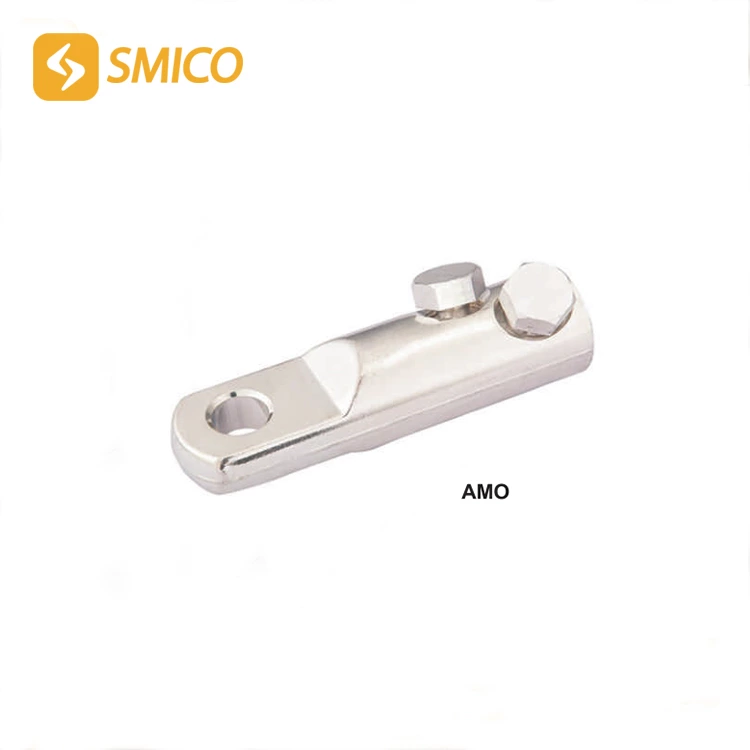Introduction And Connection Methods Of Cold-pressed Terminals
Cable Lugs is an electrical component used to connect lines in electrical equipment. The number of terminals in each line is different, and the model can be determined according to engineering technical parameters.
In the power automatic connection system, the emergence of cold-pressed terminals can be said to be the savior of daily operation and maintenance personnel. Cold-pressed terminals have a simple structure and rich varieties, providing power partners with thousands of glaze speed solutions.
Especially when the terminal in the connection is short-circuited due to burning, the advantages of the terminal will be revealed. After the power is off, the burnt terminal of the same type of new product can be immediately taken out for replacement, which greatly shortens the repair time. For general cold-pressed terminals, they are mainly divided into the following connection methods:
Screw connection
The screw connection adopts screw terminal connection. Amplong Electronics reminds you to pay attention to the maximum and minimum cross-section of the allowed connection wire and the maximum tightening torque of screws of different specifications.
Welding
The most common type of welding is tin soldering. The most important part of the welding connection is that metal continuity should be formed between the welding material and the welding surface. So for cold-pressed terminals, wire end terminals, the most important thing is solderability. The most common coatings for the welding end of the wiring ring terminal are tin alloy, silver and gold. Common welding ends of reed contact pairs include welding end type, turbid eye sandblasting end type and notch welding end type. The common welding end of pinhole contact pairs is the arc notch of the drilled hole.
Crimp
Crimp is a technique for connecting wires to contact pairs to compress and displace metal within a specified range. A good crimp connection can produce a metal fusion flow, causing the wire and contact to deform the material symmetrically. This connection is similar to a cold weld connection, which can achieve better mechanical strength and electrical continuity and can withstand more severe environmental conditions.
It is generally believed that a correct crimp connection is better than tin explosion, especially when the crimping must be used under high current conditions. Special crimping pliers or automatic or semi-automatic crimping machines should be used for crimping. According to the wire end terminal and the wire cross-section of the wire end, the appropriate contact tube should be selected. Note that the crimp connection is a permanent connection and can only be used once and cannot be reused.
Wire winding
Wire winding is to wrap the wire directly around the angular contact winding column. When winding, the wire is wound under controlled tension, pressed into and fixed on the edges and corners of the contact wrapping column to form an airtight contact. There are several requirements for wire winding: the nominal value of the wire diameter should be in the range of 0.25mm-1.0mm; when the conductor diameter is not greater than 0.5mm, the elongation of the conductor material is not less than 15%. All rights reserved. The elongation of the conductor material is not less than 20%. Winding tools include winding guns and fixed winding machines.
Continuous puncture
Punch connection, also known as insulation displacement connection, is a new technology invented in the United States in the 1960s. It has the characteristics of high reliability, low cost and easy use. It has been widely used in various printed board terminals, cold ends and ring terminals. It is suitable for connecting ribbon cables.
There is no need to strip the insulation layer of the cable when connecting. Insert the tip of the "U-shaped contact spring" of the terminal into the insulation layer, so that the conductor of the cable slides into the groove of the contact spring and clamps it, thereby forming a tight electrical connection between the conductor of the cable and the spring of the terminal. It only requires simple tools, but the specified cable specification cable must be used.

